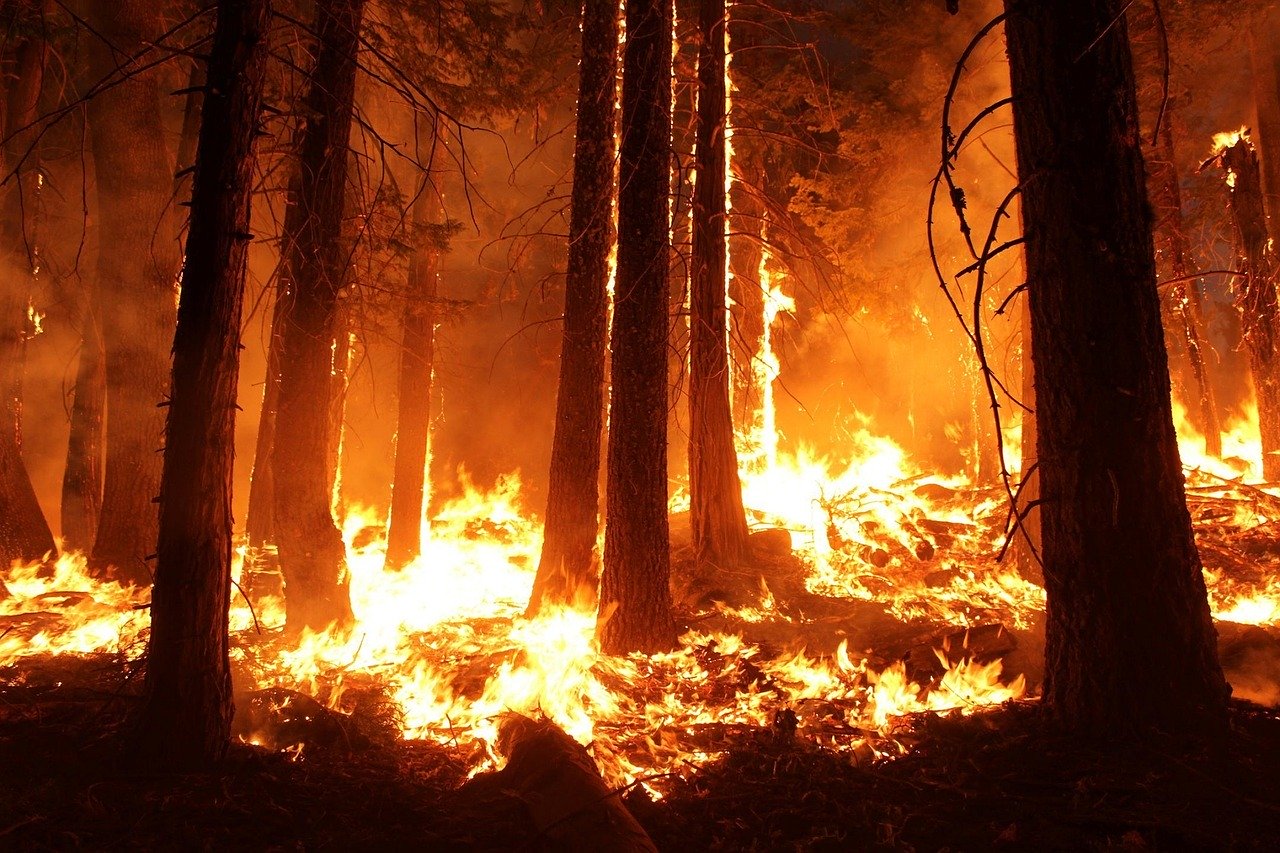What Is Non-Combustible Rock Wool Insulation?

Fire safety is a critical element to consider when designing a dwelling. Care must be taken to ensure residential and commercial buildings are constructed with the highest regard both for the safety of the occupants and for preventing the spread of fire from one building to another.
There are many factors including the choice of building materials such as non-combustible rock wool insulation that help improve fire safety measures.
What Happens in a Fire?
To understand what can increase passive fire safety, it’s important to understand what happens in a fire. A fire will burn until it is actively put out or until its fuel or oxygen is exhausted.
If this doesn’t happen, the fire will continue to burn and will reach what is called a flashover point. The flashover point or flashpoint occurs when the majority of the exposed surfaces in a space are heated to their autoignition temperature and emit flammable gases.
After this point, the fire will suddenly and very rapidly expand from a small localised area to filling the entire space. The spread of the fire and how quickly it spreads depends on the materials in the vicinity of the fire. Nowadays we are using more plastic and synthetic materials compared to what we did half a century ago, this means that fires spread faster.
Once a fire has consumed a space, the barrier or ‘compartment’ separating rooms and spaces can either speed up or slow down the rate of fire spread in line with their thermal insulation qualities. Once a fire explodes through a window or breaches another space, it can rapidly spread from structure to structure.
Depending on the materials, smoke produced as a result of fire poses as a major threat to occupants as smoke can contain toxic substances while slowing down evacuation procedures. The risk associated with flammable insulation of the building external walls is the centre of an article published by researchers from the Main School of Fire Service, a Warsaw-based technical university that focuses on fire safety, training of the fire services and civil safety engineering in the country.
Think Fire Safety, Think Non-Combustible Rock Wool
When you consider the mechanics of fire, it becomes clear that the materials both in the structure and in the spaces/cavities between structural elements and linings are critical in the speed at which the fire develops and how it spreads. The speed and heat of a fire can be directly linked to the insulation within a structure. Some insulations are potentially more hazardous because they are combustible and ignite easily. Non-combustible insulation, on the other hand, forms part of passive fire protection system.
Non-Combustible Rock Wool Insulation Helps with Fire Safety
Non-combustible rock wool insulation is a unique natural material with superior fire resistance, thermal and acoustic properties. Its volcanic composition and how it’s made contribute to its unique qualities.
Rock wool (also known as stone wool or mineral wool) is formed naturally as a result of volcanic eruptions. When a volcano erupts and the wind from the eruption blows across the lava streams of basalt, unusual wool-like fibres are formed, giving birth to rock wool.
Modern rock wool insulation is created using a similar process inside a factory. Basalt rock is melted and combined with slag (a steelmaking byproduct) at a temperature of over 1400 degrees Celsius. It is spun at high speed, which creates strands much like fairy floss. Strands are then compressed into lightweight flexible batts and set with a small amount of mineral oil. The manufacturing process is environmentally friendly with minimal waste and uses no toxic chemicals.
The composition of the rock wool insulation and its production method makes it an ideal choice for use in construction. With its ability to withstand high temperatures, rock wool insulation plays an important role in passive fire protection.
Rock wool insulation is also moisture repellent. This matters because it means that the insulation won’t be compromised over time by water, mould and bacteria. Therefore it won’t slump and lose its shape or effectiveness over time. Five years or fifty years after installation, it will offer dependable form and function.
Rock Wool Insulation Slows the Spread of Fire.
The other important aspect architects, builders, and homeowners consider during construction is the use of materials that prevent the spread of fire and smoke. There are multiple elements that make up the structure of a building but of primary importance, as we have learned above, is the issue of insulation. Insulation can positively or negatively affect the rate at which the fire will spread and the smoke and gases released in the event of a fire.
Non-Combustible rock wool insulation is important in achieving what is called ‘compartmentalisation’. Compartmentalisation simply means that it is crucial to contain the fire to the smallest possible area. So if the facade system that includes cladding and insulation is made of non-combustible materials like rock wool, although the fire may eventually break the windows of the floor above, the process will be slow and result in less smoke.
But, It’s Not Just the Fire. Smoke Kills More People than Fire!
Even better, rock wool insulation won’t release harmful decomposition products, which contribute to toxic smoke and gas. This is both safer for people breathing it in and for visibility during the evacuation in the event of a fire. Fire statistics reveal that the products of thermal decomposition (smoke and toxic gases) are responsible for the majority of fire deaths.
What You Choose Matters.
The message is clear, your use of building materials can have a significant impact on fire safety. Non-combustible building materials like rock wool insulation can contribute to a strong passive fire protection strategy.


